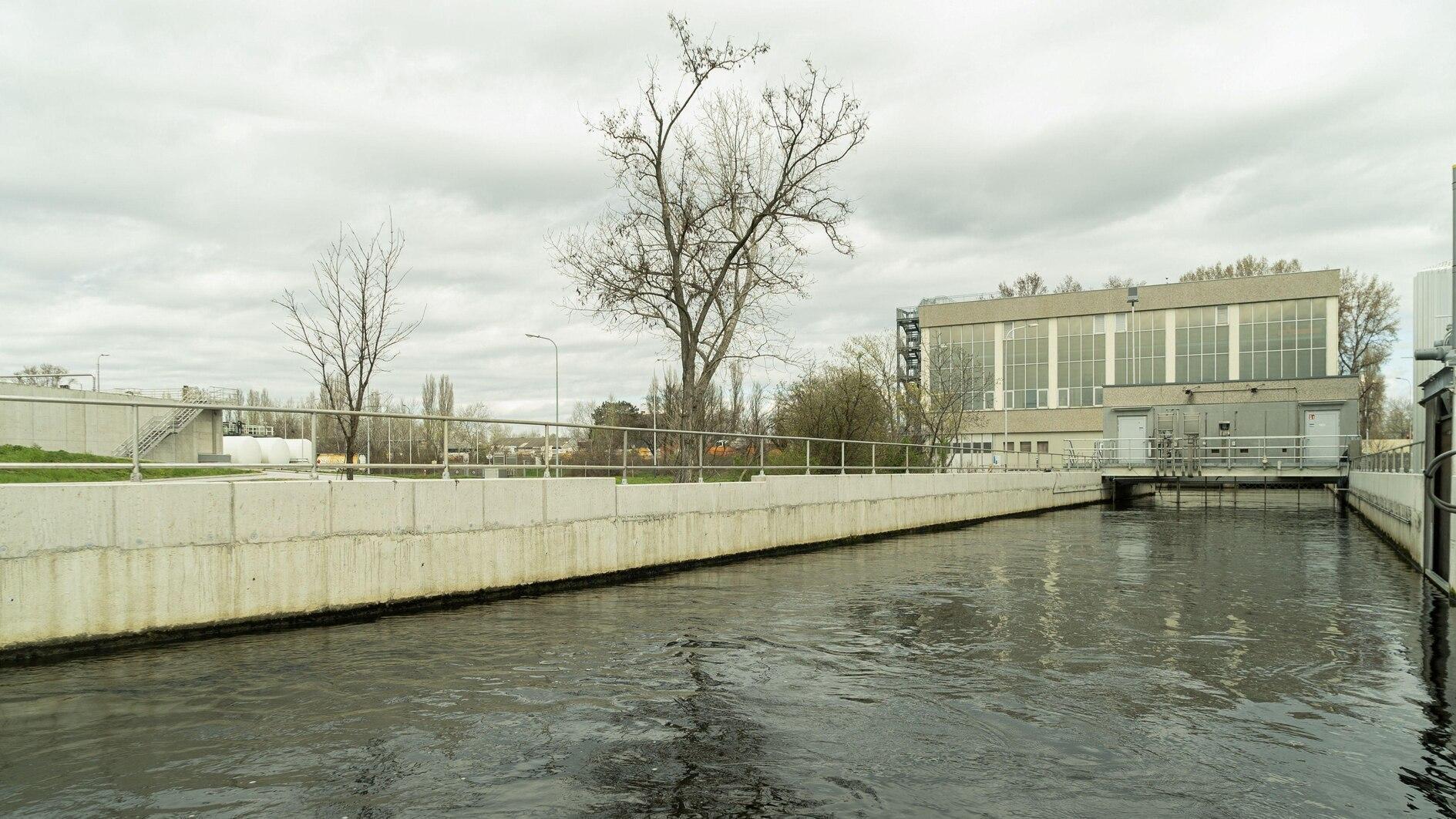Tea for liberty
Aylin Öney Tan - aylinoneytan@yahoo.com
 The plant looked completely useless. A shrub with green leaves and no fruit. The tiny leaves seemed to be inedible; one could not even use them leaves in wrapped leaf dishes. What’s more, the local peasants were not convinced.
The plant looked completely useless. A shrub with green leaves and no fruit. The tiny leaves seemed to be inedible; one could not even use them leaves in wrapped leaf dishes. What’s more, the local peasants were not convinced. This was the first reaction to a new crop introduced to the people of Rize: Nobody was willing to plant it. This is the story of how tea began in Turkey almost about a century ago. The alien plant was once shunned with suspicion, but it is now a symbol of the city - so much so that Rize was in the headlines recently over a dispute stirred about replacing a statue of Atatürk with a statue of a glass of tea!
Until about a century ago, Turkey, or more precisely the Ottoman Empire, was the foremost country to consume coffee in the world. Coffee was the national beverage and had a pivotal role in daily routines, while Turkish coffee had - and still has – a great cultural significance in society. Tea on the other hand, had no such place. It was not even available to a great portion of the population and, where available, tea-drinking did not have the same ritualistic aspect as coffee. At the turn of the 19th century, both coffee and tea had to be imported; coffee was no longer grown within the shrunken Ottoman territory and tea cultivation was only limited to small patches of experimental plantations. Tea was imported only in small quantities, yet tea drinking was slowly spreading, possibly because a glass of tea was almost four times cheaper than a cup of coffee.
Turks first came to know tea through China, and thus named the plant and the hot beverage “çay” (pronounced chai) after the Chinese “chá.” Despite this early encounter, however, in Ottoman times tea never became popular. One of the earliest mentions of tea appears in the 17th century by the great Ottoman traveler Evliya Çelebi, who mentions tasting the stuff for the first time, indicating that it was a novelty. By then, coffee had already become a part of daily routine in Ottoman territory.
However, by the second half of the 19th century, tea had started to become known and consumed in certain regions of the empire, with tea houses starting to pop up here and there. Tea was imported by individual traders on a small scale, and the first tea cultivation was attempted unsuccessfully in Bursa in 1878, with seeds brought over from Japan. The same year, the governor of Adana, Mehmet İzzet, wrote a treatise on tea (“Çay Risalesi”), highlighting its health benefits. In 1894, Ottoman Sultan Abdul Hamid II was presented a report by his agriculture minister Selim Pasha on the benefits of tea growing in Ottoman lands.
Ottoman attempts in tea cultivation were embraced by the young Turkish Republic that rose from the ashes of the empire. The first Izmir Economic Congress (İzmir İktisat Kongresi) held in 1923 was an attempt to revive the economy shattered by the Turkish War of Independence, and also marked a turning point for Turkish agriculture. Among its decisions were focusing on local produce and becoming a self-sustaining country with no need for imported goods. In 1924, a special law was passed calling for the cultivation of tea, citrus fruits and hazelnuts/filberts in the Black Sea province of Rize. The region, with its steep hills and high precipitation levels, was not suitable for the cultivation of staple crops like wheat, and thus had a history of outward migration.
Initial trials of tea growing were carried out in 1937 with seeds brought from Batumi, Georgia, from a territory very similar to the Rize landscape. The first yield was a mere 30 kilos, so persuading locals to grow a crop that was inedible required considerable effort, mostly carried out by a dedicated cadre of bureaucrats tasked by Ankara. Things changed when the state guaranteed purchases of the crop. By the 1950s and 60s tea had become the foremost product of Black Sea region. In 1971, the state Directorate of Tea Establishments (Çay-Kur) was founded to coordinate and expand the cultivation and processing of tea, and remained holding a monopoly in the sector until 1984, when tea processing was opened to private enterprise. By this point tea had penetrated the veins of all Turkish citizens and there was no turning back.
Today, tea and Turkey cannot be thought of separately. Amazingly, Turkey now ranks in by far the top position in the world for per capita consumption. The country has now become synonymous with tea; a swift offer of tea to a complete stranger is a typical act of hospitality; the first thing to do in the morning is to brew tea for breakfast, at which several glasses are consumed. One can easily argue that the Turkish breakfast phenomenon was developed in line with the chain-tea drinking habit. Tea gardens, often called “Aile Çay Bahçesi” (family tea gardens), became a vital part of every cityscape in the country, where long hours are spent with children running around, backgammon being played, and gossiping as an essential pastime. Ironically, the kahvehane (coffeehouse), is now typically a place predominantly serving tea.
Turkey also developed its own genre of particular tea paraphernalia, the foremost items being the iconic tulip-shaped glass nestled on a saucer, and the two stacked brewing kettle-teapot combo. These locally formed tea equipment are the ultimate essentials for a Turkish kitchen-scape. The iconic tea glass is instantly reminiscent of Turkishness, perhaps as much as the national flag.
So the story of Turkish tea is certainly interesting, describing how a nation’s beverage pattern, or “drink-scape,” was totally altered. The tea challenge of the early republican years surely went beyond the wildest expectations, and tea-drinking wherever and whenever possible became a part of Turkey’s national culture. The most striking aspect of this dramatic transformation was that introducing tea as an alternative to coffee and initiating tea-growing in Turkey was solely a political decision - an act of the dedication to becoming a totally self-sufficient country as the only way to confront imperialism and be truly independent. This was a vision put forward by Mustafa Kemal Atatürk, the founder of the Turkish Republic, and apparently embraced by the whole nation. So it is quite a paradox that a tea glass recently replaced his statue in Rize.












